When exploring ideas for decorating small apartments, the initial step involves selecting an appropriate paint color for the walls. While it might be tempting to opt for vibrant or dark hues for functionality, it's advisable to lean towards neutrals and light colors.
The rationale behind this preference lies in the fact that light colors, such as white, beige, and other variations within the white spectrum, contribute to creating a sense of spaciousness. This is attributed to the reflective nature of colors, wherein light hues reflect brightness from various sources like lamps and natural light, producing the illusion of a larger floor space.
This principle extends to your choice of furniture and home decor. Opting for lighter shades in your furnishings enhances the perceived size of the room. Despite the constraints of limited square footage in small apartments, subtle color palettes contribute to an increased sense of overall space.
For instance, contemplate a flooring option in white or beige (whether tiles or carpeting) paired with white walls, doors, and furniture in light brown tones. The dominance of white or similar shades creates a monochromatic effect, amplifying the reflection of light across surfaces and ultimately making the room feel more expansive than its actual dimensions.
2. Select a theme that uses clean and uncluttered design trends
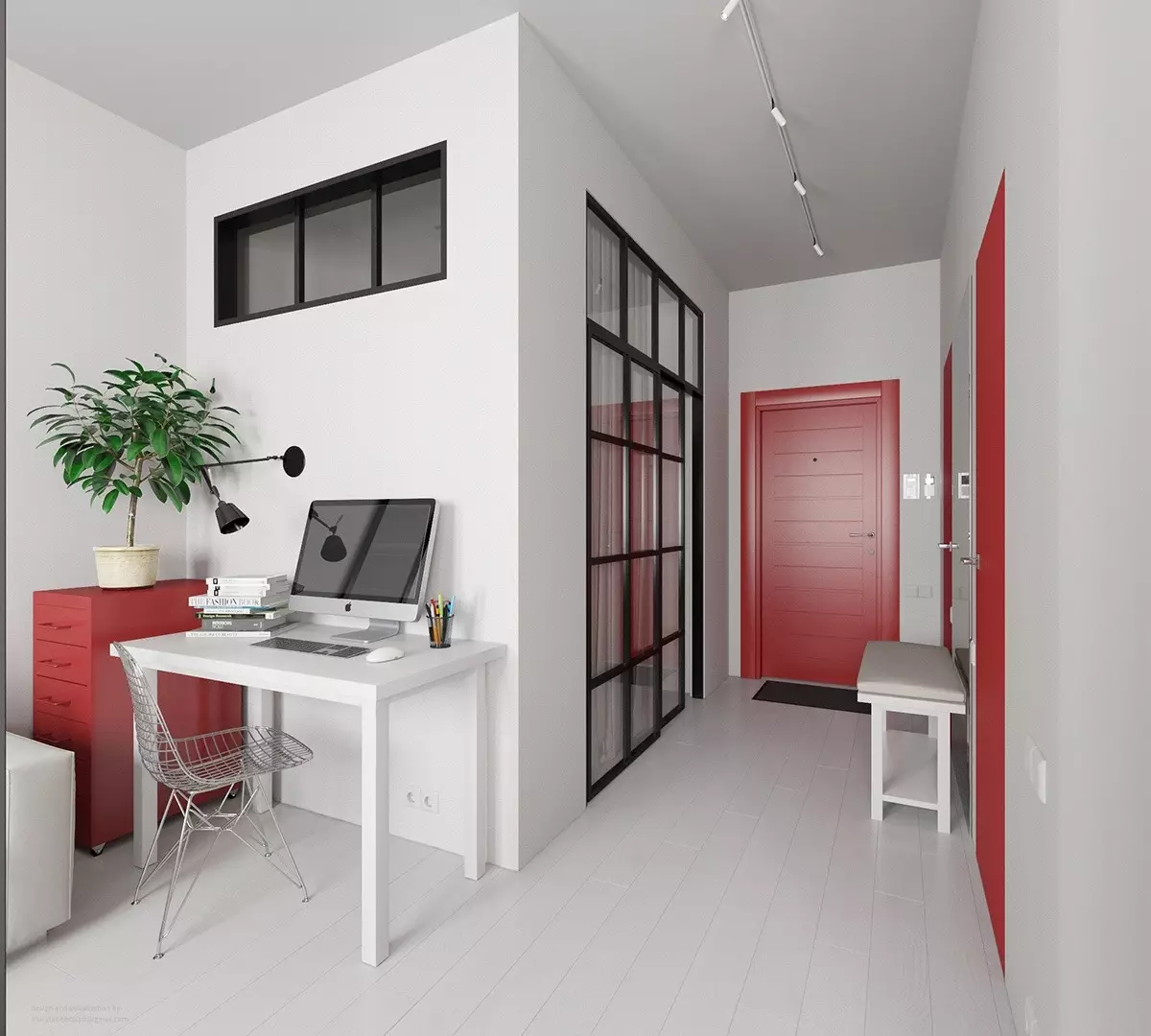
Now that your color palette is established, let's delve into the theme. Given the limited square footage of your small apartment, it's essential to consider themes that make optimal use of floor space.
Oriental interior design often embraces minimalist trends that are well-suited for smaller homes. Opt for features like sliding windows and doors, low-height furniture pieces, and floor mats to maximize space efficiency.
Explore the idea of utilizing the floor with cushions around a coffee table for entertaining guests, as opposed to bulky couches and chairs. Both Scandinavian and Japanese design philosophies offer innovative solutions for minimalist designs.
Another compelling theme for compact living spaces is modern design trends. This concept revolves around functionality, eliminating excess items, providing a designated place for everything, and avoiding clutter. Incorporate neutral colors, furniture with clean and defined edges, and foldable objects that serve multiple functions for your convenience.
3. Opt for furniture pieces that perform double duty

Since we are talking about a small apartment with one or two bedrooms, or maybe even a studio apartment, we need to embrace creative ways to make space. New York is well known for accommodating small apartments where the landlord installs various nails and shelving to facilitate double-duty furniture pieces. Let’s see what you can do with that.
For starters, consider a Murphy bed. Whether you have a studio apartment or one with assigned bedrooms, murphy beds are great additions. Not only can you pull them out into a bed at any hour of the day but you also have a seating area without having to place an extra couch in the limited space.
Next, have you seen the DIY furniture pieces promoted by Blossom, 5-minute crafts, etc.?
Well, you can incorporate a few of them. If you need help, here are some ideas:
- Built-in wall-mounted study or dining table that folds to reveal a mirror on the underside.
- Storage bins repurposed from wooden pallets with a hardy cushion to make an ottoman or extra seating.
- Repurposing broken plates, bowls, etc. to create hanging flower pots.
- Using tension rods and magazine racks to make extra storage spaces.
- Converting existing furniture into a multipurpose one by installing racks or dividers.
We have a lot more, but we think you get where we’re going with this. If you don’t want to build DIY pieces then you can always find suitable options at IKEA, Amazon, etc. There are also excellent options available online by creative people who sell DIY furniture pieces.
These items are specially designed for small homes to accommodate extra storage without compromising the aesthetic value. Take a look, you may be pleasantly surprised by the selection. We sure were…
4. Incorporate plenty of shelving
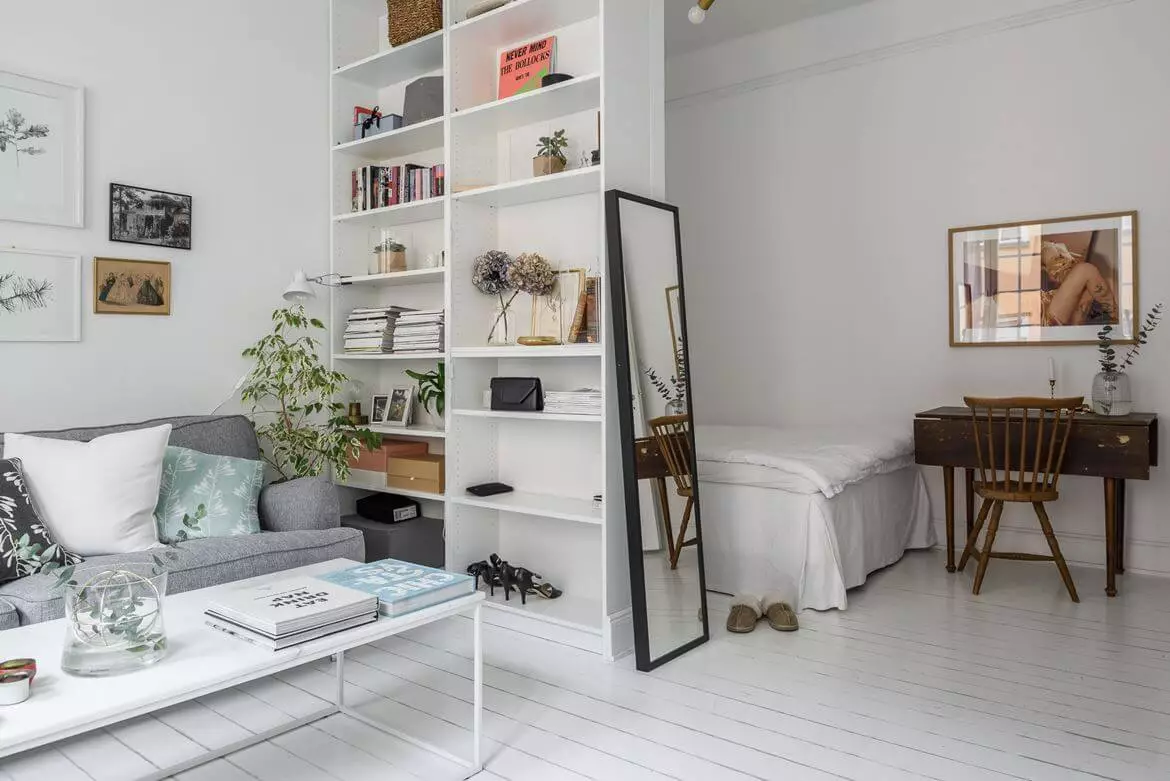
The primary challenge in compact residences lies in finding adequate storage solutions for belongings, extending beyond furniture to encompass the arrangement of home decor and showcasing cherished items.
Firstly, it's essential to conceal less appealing items like electronic wires, spare bulbs, tube lights, toys, organizers, and the like. These need to be stored away from public view while remaining easily accessible.
Consider maximizing storage in every available nook and cranny. In studio apartments and small homes, leverage corners for building shelving and cabinetry. Opt for furniture with built-in cubbies or open spaces underneath.
Utilize materials like milk crates, wood pallets, or storage containers to organize and slide them beneath your furniture. Employ hideaway techniques using drapes or tablecloths to cover the underutilized space.
Efficient storage solutions for smaller homes involve capitalizing on both vertical and wall space. Install shelves at varying heights or opt for tall bookshelves and cabinetry instead of wider counterparts. Prioritize lower racks for everyday items and reserve higher ones for less frequently used belongings, accessing them with stools or ladders that can be easily stowed away.
Lastly, explore unconventional spaces for storage, such as under bay windows, above cupboards, within bookcases, kitchen cabinets, below sinks, and other overlooked areas.
5. Don’t shy away from screens and room dividers
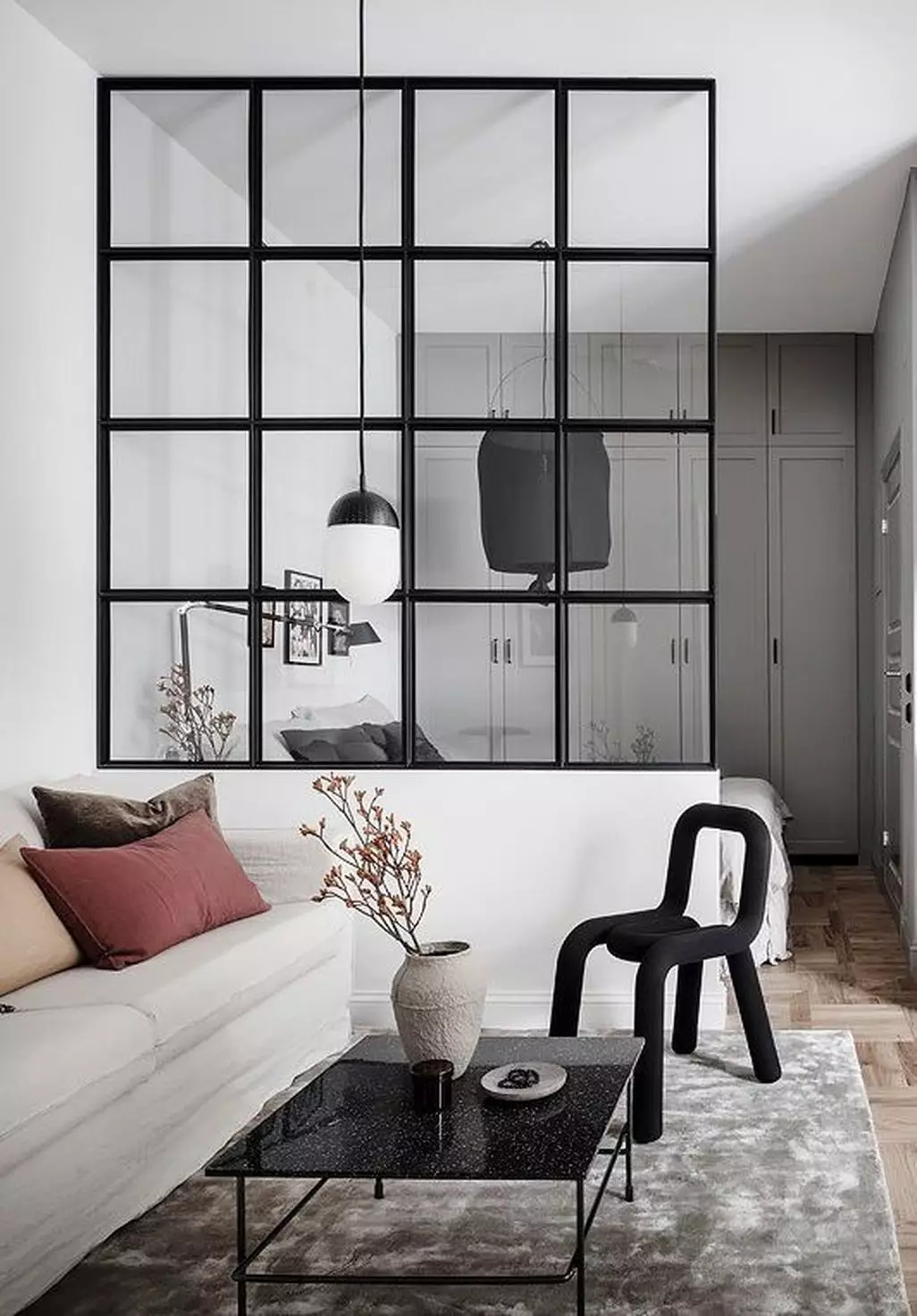
In compact living spaces, the introduction of room dividers can be transformative. A room divider allows you to establish a clear distinction between the living room and bedroom within a studio apartment. It provides the flexibility to convert the space in front of your cupboard into a private vanity area for changing and makeup. Additionally, room dividers enable the creation of separate play areas for children while entertaining guests in the dining area. Their versatility lies in their ability to function as virtual walls when needed, and they can be easily folded away for convenient storage.
Another effective option to consider is the installation of slider screens. Opt for foldable screens instead of permanent structures, offering innovative solutions to delineate spaces for a home office, bedroom, or guest room within the confines of a studio apartment. These screens can also be employed to give the illusion of a distinct room in one-bedroom apartments, catering to the needs of children or overnight guests based on your preferences.
Lastly, curtains present a versatile solution. They can be used to conceal cluttered shelving, define a sleeping area near a bay window, create a day-bed space in the living room, or even fashion a small bedroom within a larger room. Curtains also prove to be excellent additions in small bathrooms, where a shower curtain or one around a compact tub can effectively conceal the bathing area when not in use.
6. Utilize the entryway

Drawing inspiration from Oriental interior design, it's evident that making the most of the entryway is a wise approach for small homes.
In Japanese culture, it's common to establish an express foyer or Genkan, a small indoor porch. If your small apartment lacks a dedicated entryway, consider using area rugs to delineate the living space or placing floor mats near the doorway. Another option is to utilize a long carpet to designate the entry, guiding guests toward the living area or dining room—essentially directing them where you want them to go.
Enhance the functionality of the entryway by installing shoe racks, saving closet space and maintaining cleanliness in the small apartment. Additionally, introducing a touch of greenery with indoor plants at the entryway can illuminate the living space, infusing color and positive energy into your home.
7. Illuminate your small apartment
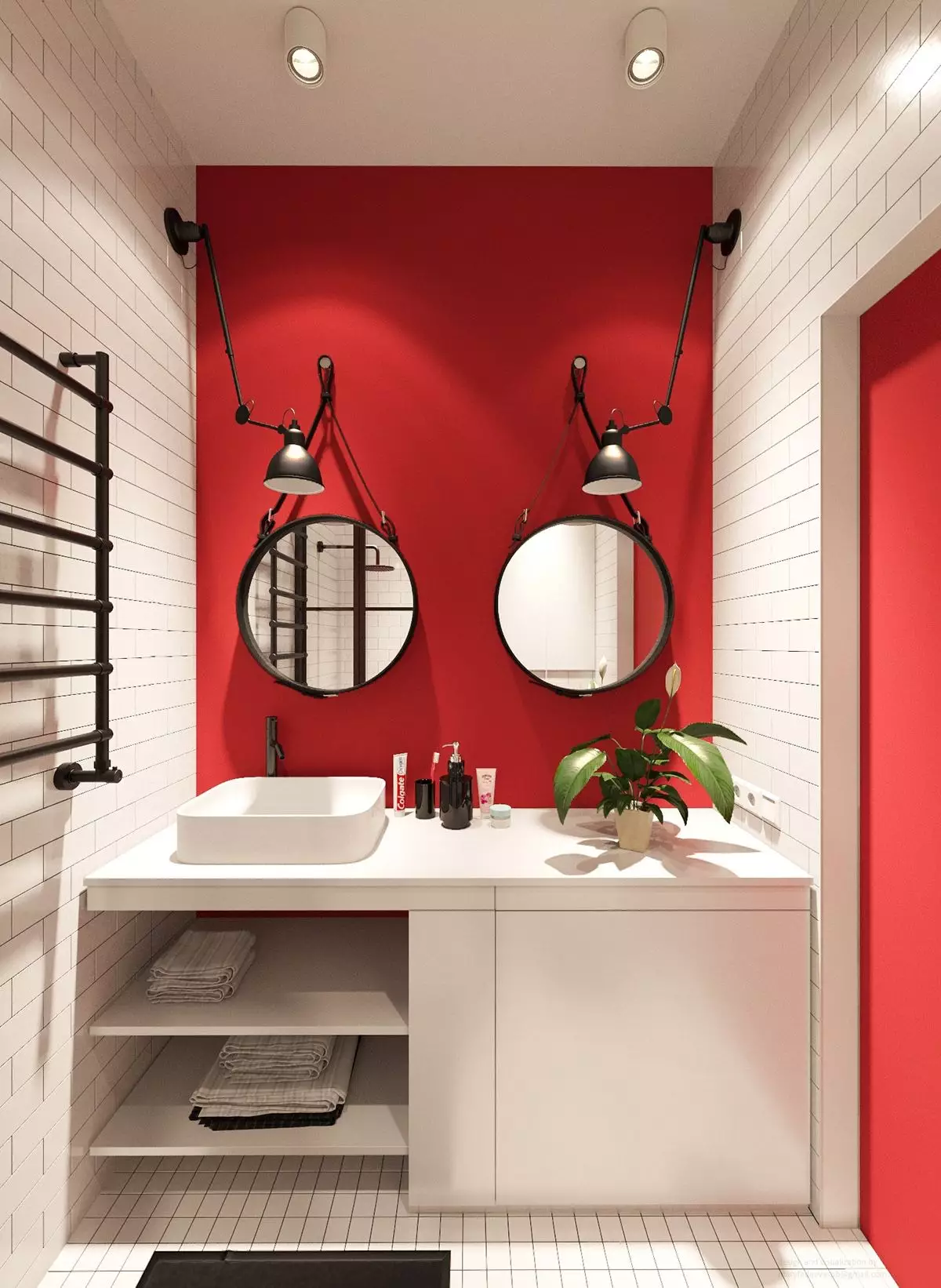
Effective lighting holds numerous advantages, especially in small living spaces such as bedrooms, bathrooms, and living rooms scattered throughout your apartment. Illuminating every nook and cranny is crucial as the reflective nature of light creates an expansive and inviting atmosphere, steering clear of a cramped and unwelcoming feel.
Begin by installing bright lights strategically, ensuring that every small living space is well-lit to generate the illusion of a larger square footage. During the daytime, maximize natural light by incorporating large glass windows, preferably sliding or boxed ones that open outward.
While using heavy curtains, keep them pulled back during gatherings or throughout the day to maintain a harmonious energy flow in your small apartment. Natural light not only has a cleansing effect on bacteria but also highlights any dirt or grime, encouraging prompt cleaning.
For ambient lighting, integrate floor lamps near key areas like the bookcase, dining table, and living room. Consider accent lighting to create focal points in your small apartment, allowing you to proudly showcase valuable acquisitions such as expensive paintings, DIY home decor, or antique pieces. Implement table lamps in designated areas like your home office, study table workspace, and side tables.
Given the limited square footage in small apartments, place floor lamps in corners to avoid interference with open spaces. If opting for decorative sconces, ensure they are at an appropriate height to avoid obstructing the general living space.
8. Use reflective surfaces
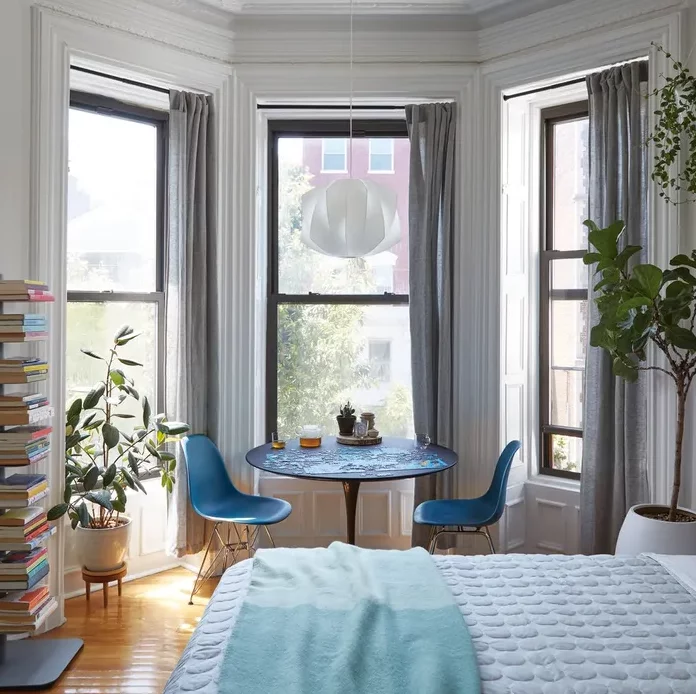
When considering decor ideas for small apartments, incorporate as many reflective surfaces as possible. This includes mirrors, glass coffee tables, windows, room dividers, and crystal home decor pieces.
Wondering why? Recall the importance of light colors and illuminating your home. These reflective surfaces effectively bounce and amplify the beams of natural light and lamps throughout your living space, creating an illusion of expansiveness. Not only do they contribute to the perception of a larger room, but they also enhance the overall aesthetic appeal of your small apartment.
Living in a compact space doesn't mean compromising on style and aesthetic value. With minimal effort, you can effortlessly transform your small apartment into a welcoming haven for your loved ones.
Also Read: Living room indoor plants to enhance the ambiance of your home

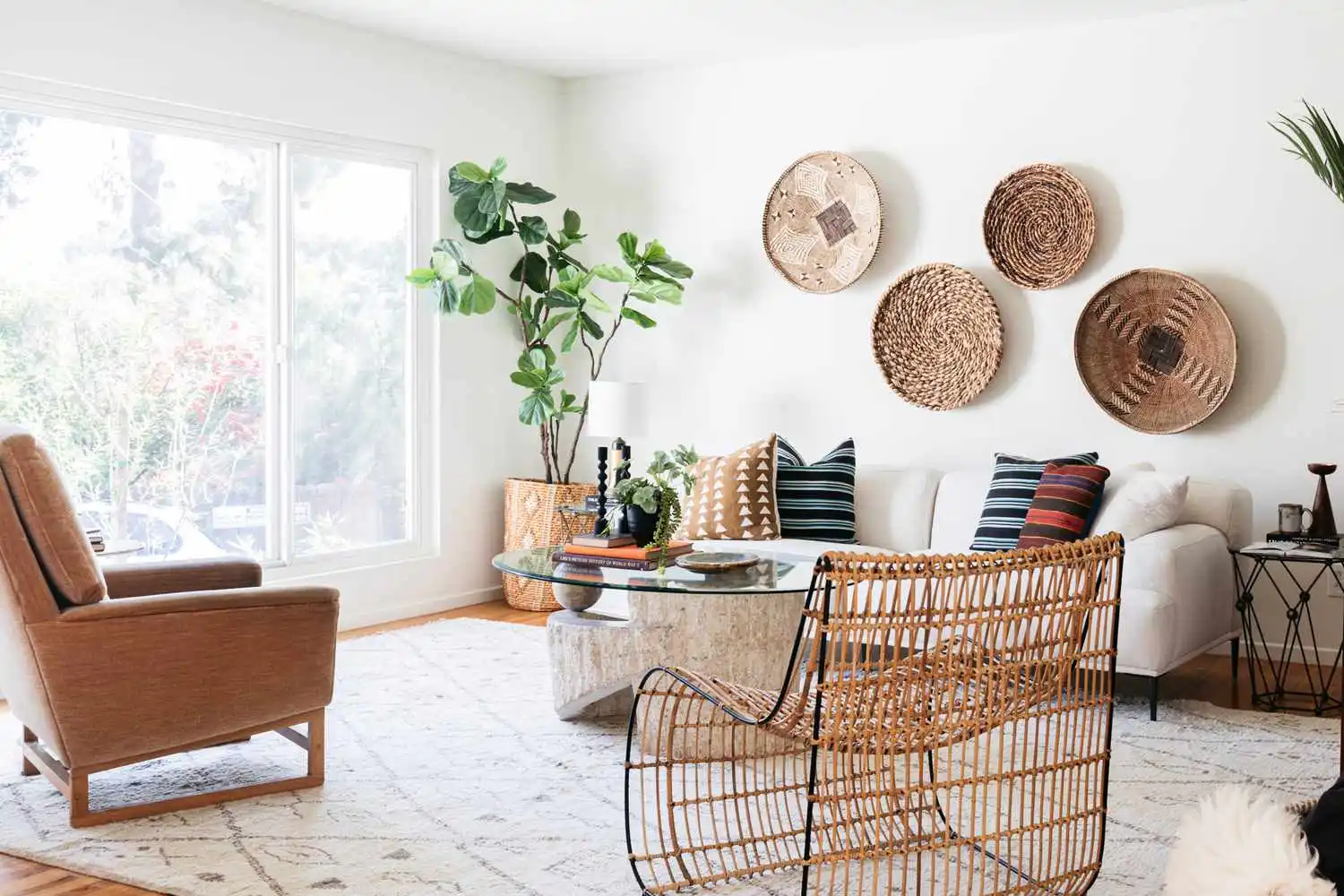
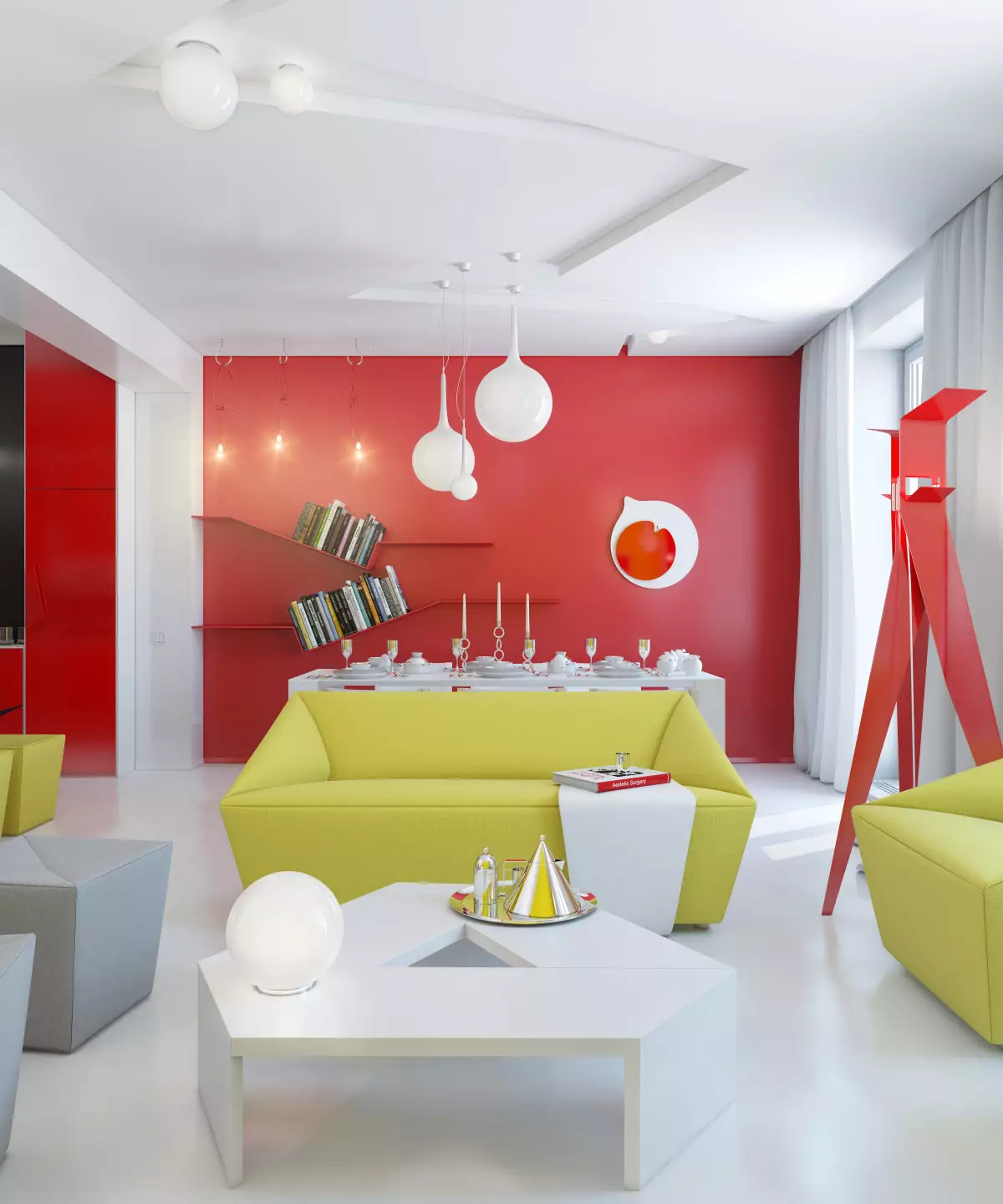

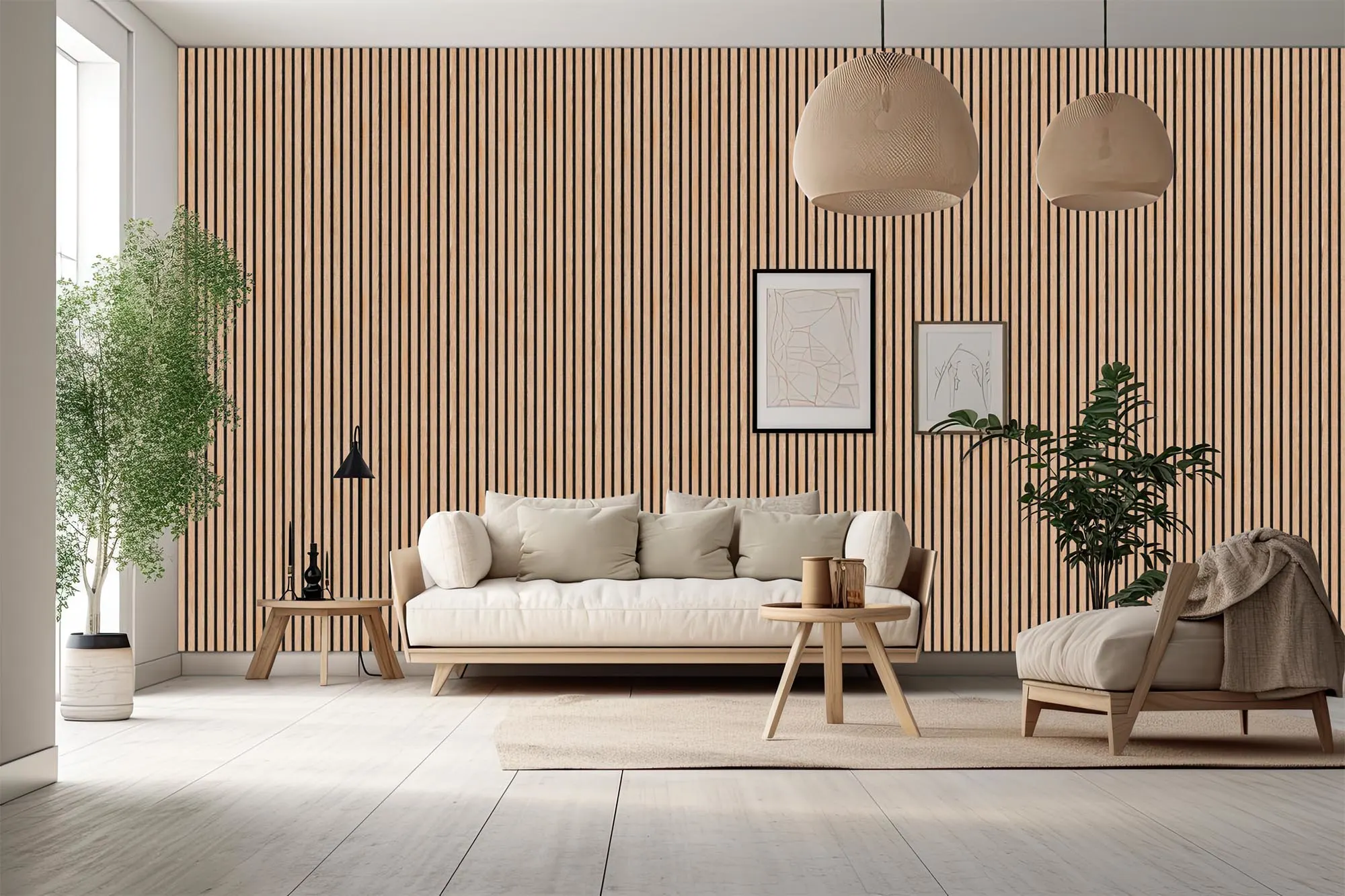
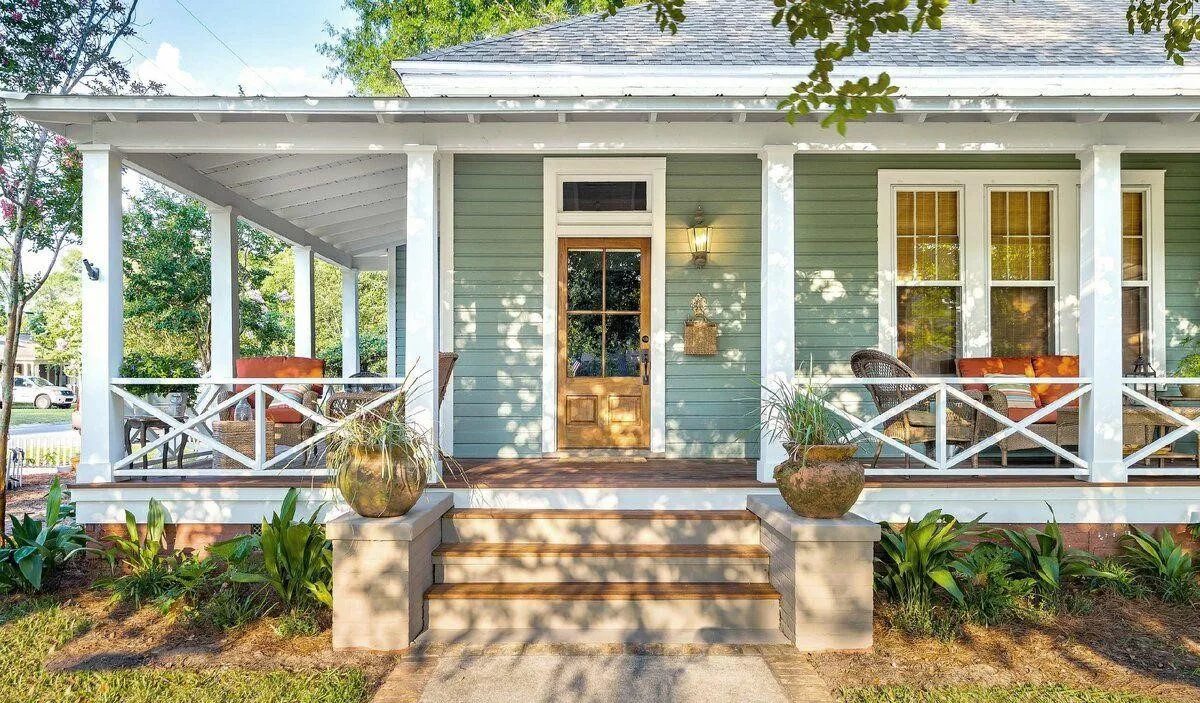

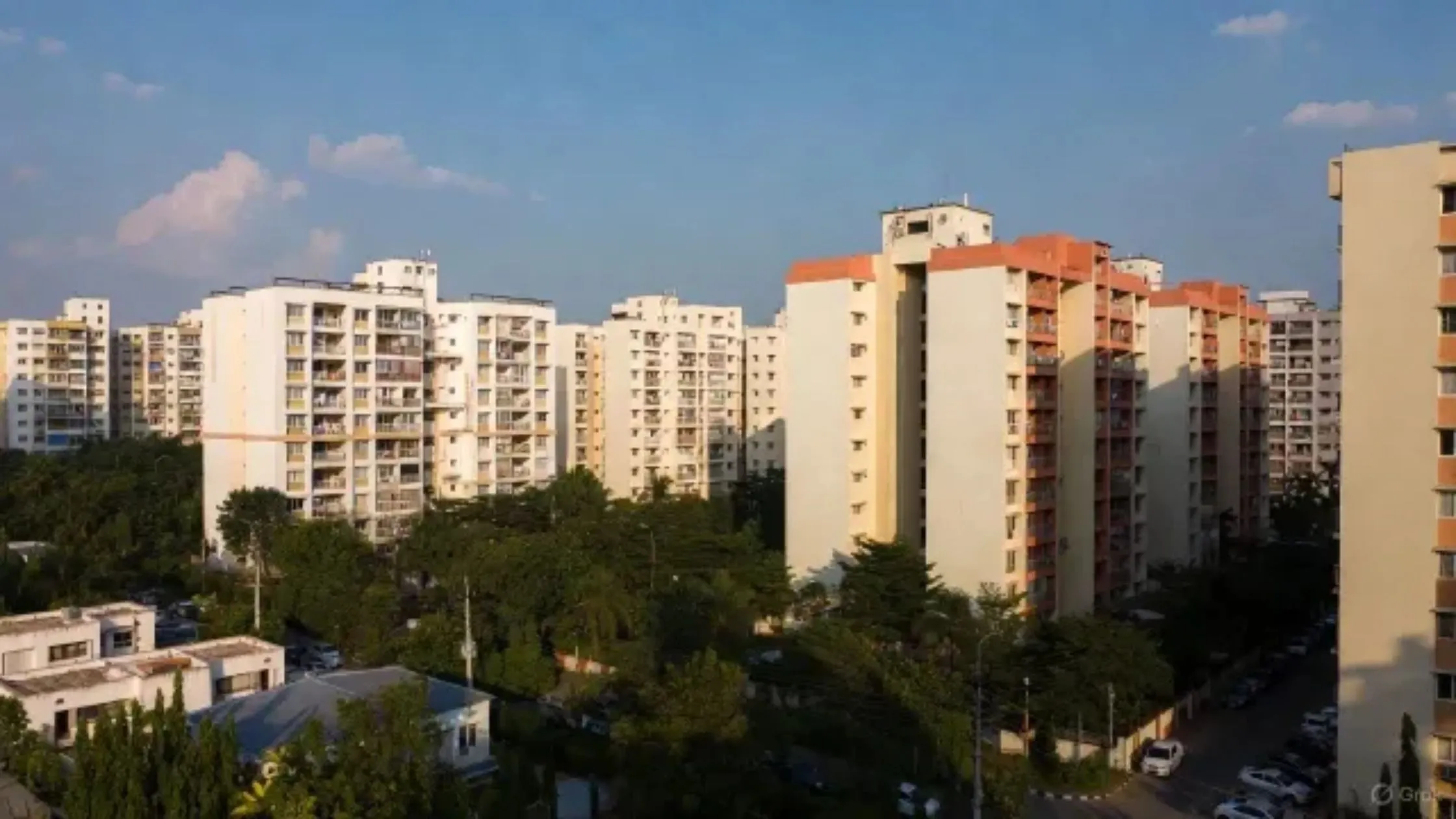

_1765522271.webp)


Ans 1. 8 Tips to Make a Small Apartment Look Bigger Hang curtains to diffuse light. Maximize natural light. Place furniture strategically. Hang mirrors. Use area rugs. Avoid clutter. Use hidden storage and multipurpose furniture. Add plants to your space.
Ans 2. Use light colors on the walls and floor because softer hues make a small apartment feel bigger and brighter. The reflective nature of light colors gives space an open, airy feel and maximizes the effect of natural light. Conversely, dark colors absorb light, making a room look smaller.
Ans 3. Use large mirrors to make space seem and feel bigger. Create a budget — the boundaries will make you more creative. ... Make windows taller. ... Don't decorate your whole apartment all at once. ... Choose skinny furniture. ... Make it functional. ... Let the light in. ... Use scale to make a small apartment feel big. ... Keep colors light.
Ans 4. How to Maximize Space in a Small Apartment: 15 Hacks for Owners Carve out zones. ... Use room dividers to create privacy. ... Float the sofa to create a divide. ... Maximize every inch of space. ... Move the bed as far away from the door as possible. ... Skip the traditional bed. ... Choose multifunctional furniture. ... Bring in poufs for extra seating.
Ans 5. A penthouse is a spacious and well-appointed apartment, traditionally located on the top floor of an apartment building, condominium, or hotel.